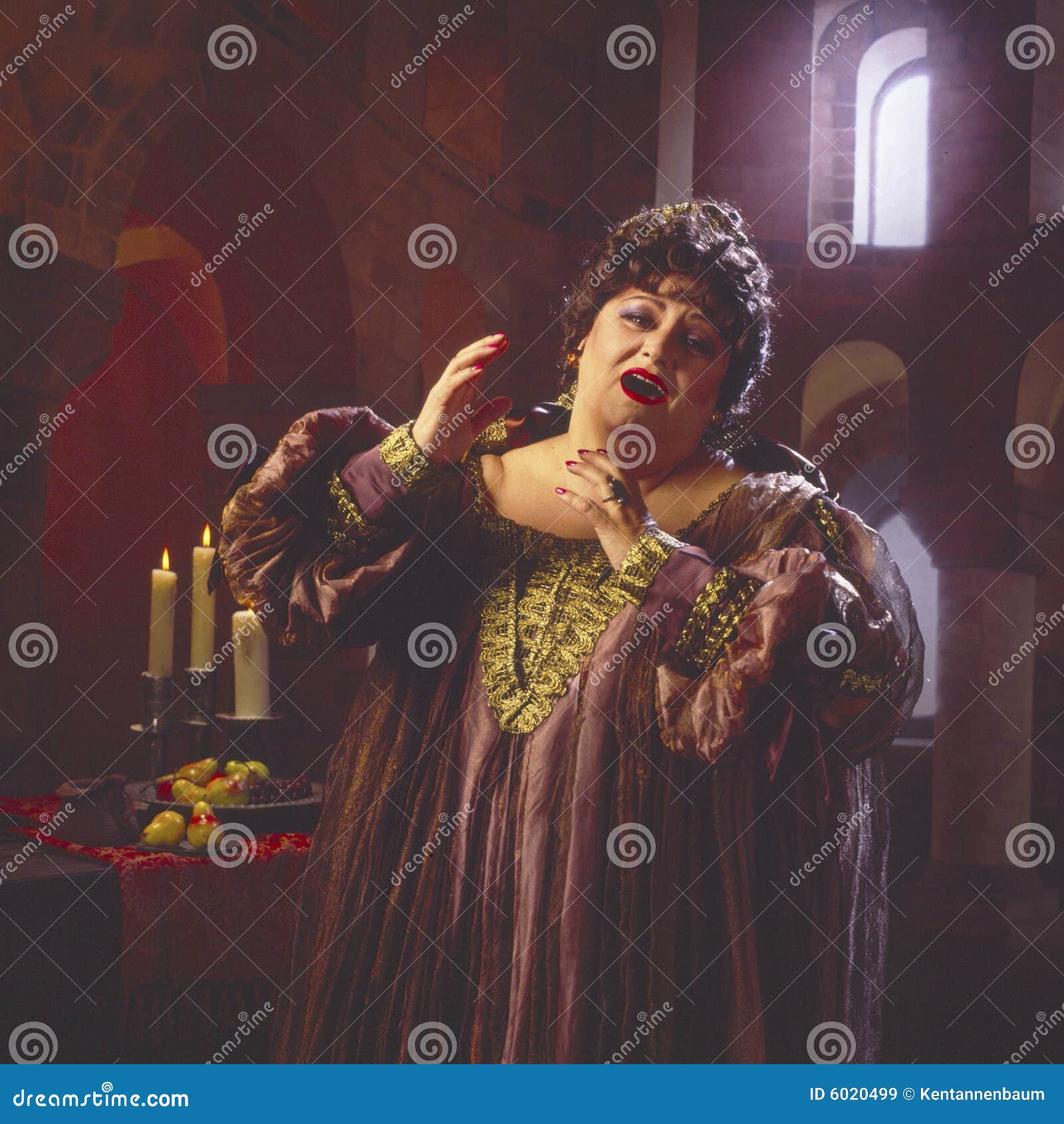

61% of men directors saw one or more of their original productions revived in a later season, compared to 27% of women directors. Meanwhile, 92% of the canonical operas staged over the 15 seasons were directed by men.Īs a consequence, 92% of all revival productions presented by the company were also directed by men. Almost half of the operas directed by women fell into this category. Women directors were more likely to be credited on modern operas than men. Non-canonical operas sit somewhere in between: not as well-known as the greatest hits, but still far less risky than modern operas from an organisational perspective.

Modern operas, in contrast, are high risk in terms of audience appeal and are rarely revived in later seasons. They are reliably popular at the box office and frequently revived later. Opera companies tend to stage a combination of works, including canonical operas, less common or non-canonical works, and modern operas written in the 20th and 21st centuries, including world premieres.Ĭanonical operas are essentially the “greatest hits” of the operatic stage, written by the likes of Mozart and Puccini. 44% of men directed at least two different operas, compared to 14% of women directors.īecause the majority of women directors only had one opportunity to direct at the company, we also considered the repertoire - or the specific opera - they were chosen to direct. Men were significantly more likely to be credited on more than one production, while women were more likely to be “one-offs”. Over the 15 seasons included in our study, 90% of all opera productions at The Royal Opera credited a male director. They are also responsible for selecting the other members of the creative team. The role of stage director was critical to our study because directors assume a leadership position over the artistic vision of a staged work.
#OPERA WOMEN PROFESSIONAL#
Drawing on the self-identified pronouns used in professional biographies, we then mapped the gender profile of 1,342 credited directors and designers. We analysed the production credits of 325 operas staged between 2005//20.

In order to assess the status of women working at the company - and the likely impact of this pledge - we turned to historical production data. In 2019, The Royal Opera joined the Keychange 50/50 initiative, pledging that women would make up 50% of all creatives on new opera productions by 2022. The company has also publicly committed to addressing gender inequality. The Royal Opera in Covent Garden is the largest and best funded opera company in the UK and a recognised leader in the international field.


 0 kommentar(er)
0 kommentar(er)
